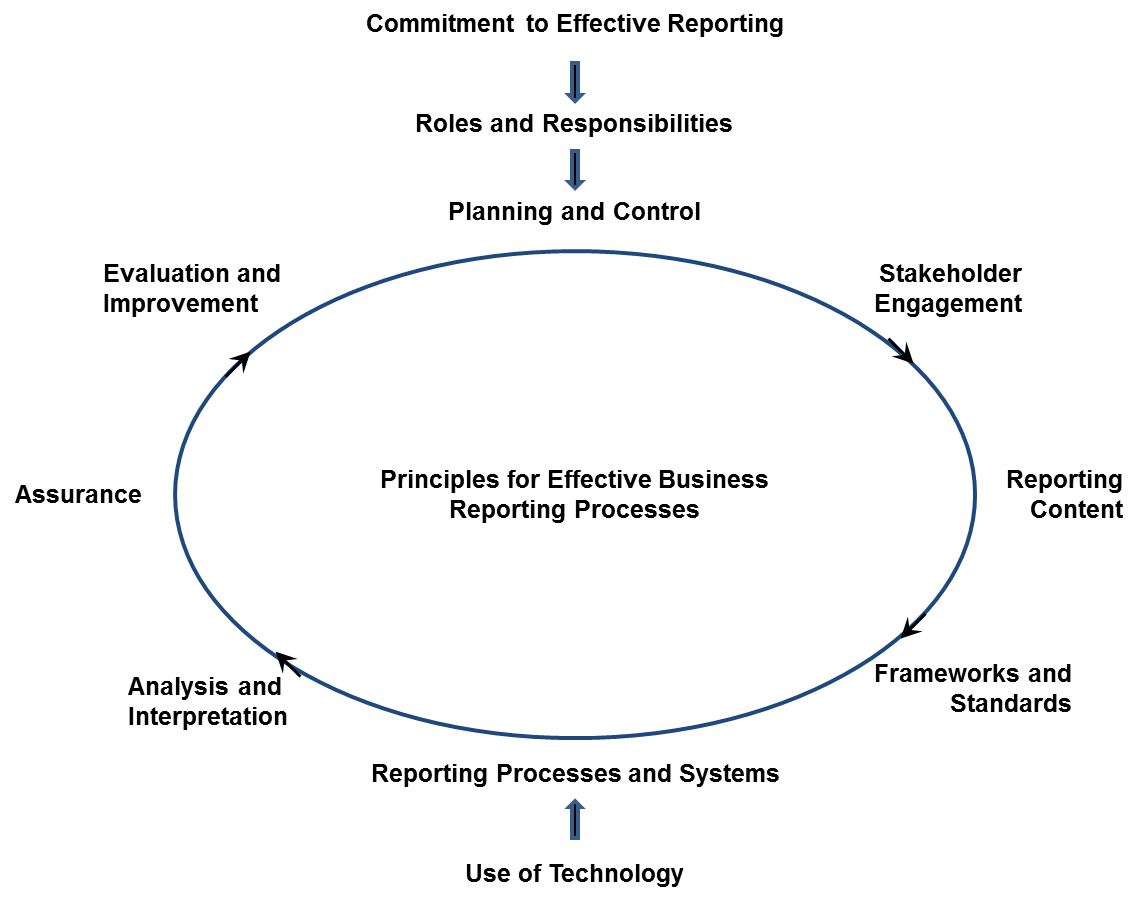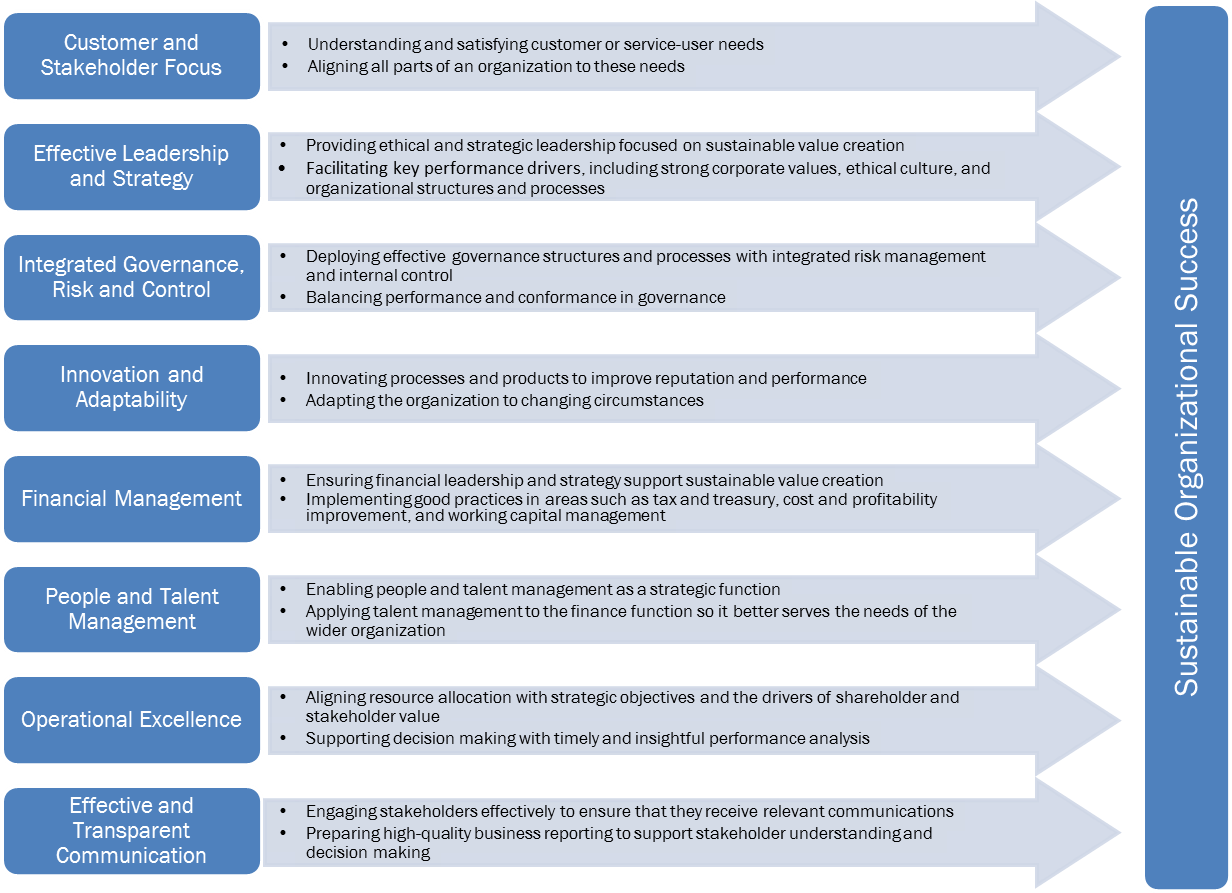The Role of Ethics in Restoring Confidence
Jörgen, in an IFAC News interview from last August when you became the first independent chair of the International Ethics Standards Board for Accountants [IESBA], you indicated that the board has a clear role to play in responding to the global financial crisis, specifically in terms of helping to restore the reputation of the profession. Since the crisis, regulators and other policy makers have been actively exploring ways to enhance audit quality, including measures to increase the transparency of the audit process and to further safeguard auditor independence. At the same time, we have continued to witness a number of high profile accounting frauds in some jurisdictions. Some have said that the global financial crisis has led to a crisis of confidence in the accountancy profession. How can the IESBA’s Code of Ethics for Professional Accountants [the Code] help to restore the reputation of the profession?
JH: While the profession has not received as much criticism as the rating agencies and banks in relation to the global financial crisis, the profession is certainly not viewed as favorably as it was five years ago and there is still much work to be done. What many people outside of IFAC’s membership may not know is that professional accountants are committed to abiding by strict ethical requirements—the Code presents an internationally robust and comprehensive set of rules and guidelines for professional accountants. However, some accountants may choose not to follow the rules, and therein lies the problem. A relatively small number of accountants commit fraud, but that’s all you hear about in the news, and they end up hurting not only those directly involved, but the reputation of the entire profession.
What can be done about that?
JH: By increasing awareness of the Code and continuing to develop credible, reasonable solutions, we hope that the general public will come to realize that professional accountants are committed to acting ethically and in the public interest, and that fraudulent accountants constitute a small minority.
In some jurisdictions, the ethical requirements in the Code have been written into laws and regulations. However, there are some other incentives to follow the Code, regardless of legal requirements. It is in the best interests of all professional accountants, as members of a highly regarded and trusted profession, to help maintain the reputation of the profession. There are always going to be pressures—from management or potential financial gain, for instance—to stretch or break the rules. The Code includes guidance for professional accountants on how to deal with those situations. We expect that they will choose to do the right thing. Another motivator for firms and individuals to self-enforce the Code is that abiding by the Code can help them improve the consistency of their services and meet the high expectations of clients and employers.
How can the Code help in this way?
JH: As a global set of standards, the Code establishes a recognized benchmark for consistent ethical behavior by professional accountants worldwide. Clients and employers are rightly entitled to expect that professional accountants will act with integrity and objectivity, exhibit appropriate competence, due care, and professional behavior, and abide by the duty of confidentiality in carrying out their roles and responsibilities. Ethics standards can help professional accountants understand and meet their clients’ and employers’ expectations and therefore better serve them.
Do you agree that some of the recent accounting scandals that made headline news such as Olympus in Japan and ERA Mining Machinery Ltd in China were caused by compromised ethics?
JH: First, I should say that I, of course, do not have all of the information surrounding the cases you mention. Much of the information comes from the media. However, even when the news sources are highly respected, they may get the facts wrong or give incomplete coverage of events. While it looks like poor ethics played a role, I think it would be oversimplifying what happened to say that those scandals were caused mainly by a failure of the professional accountants involved to comply with ethics standards. To fully identify the causes would require a deep understanding of the particular facts and circumstances and the complexities of what occurred. At the same time, there is no doubt that those cases have hurt the standing of the profession in many jurisdictions. But it is important to distinguish between legal and ethical issues. Scandals usually become headlines because of suspected illegal activity—but acting illegally is of course very unethical.
Do you believe that ethics is something that cannot be taught, that it is inherent to each individual?
JH: I think most people have a personal code of conduct that they follow and it’s probably determined by how they were brought up, the morals and beliefs that were instilled in them from a young age, etc. I feel that ethical conduct is part of a person’s moral upbringing, so yes, part of it is inherent.
However, codes and rules in general, help the individual to adhere to ethical principles by supporting their intent to act ethically and guiding them in applying general ethical principles with concrete examples. The IESBA Code sets out the fundamental principles, a conceptual framework, and specific prohibitions. All professional accountants must be aware of the parts of the Code or their member body’s Code that are relevant to their work, which will be of help to them when they are facing issues of an ethical nature.
Can you give us a brief update on what the IESBA has going on right now?
JH: We recently released final revised provisions in the Code that address conflicts of interest, breaches of a requirement of the Code, and the Code’s definition of the term “engagement team.” The changes will be effective in 2014.
These projects were closely followed by a number of stakeholders from the regulatory community, and I was pleased that we were able to effectively engage with them through different forums. I was also pleased that we were able to successfully coordinate with the International Auditing and Assurance Standards Board [IAASB] in finalizing our project on the definition of engagement team, as this project was closely linked to the IAASB’s project to revise its International Standard on Auditing 610, Using the Work of Internal Auditors.
In relation to our current agenda, we had our first deliberation at our last meeting regarding the significant comments to our Exposure Draft on responding to a suspected illegal act, our most important project. Certainly, there are a number of challenging issues that respondents have raised. We will work diligently, systematically, and thoroughly through all the responses as we determine a way forward. We also discussed a number of new projects and initiatives at our March meeting.
See more information on the March 2013 Meeting Page, which includes the meeting highlights and a podcast summary.
Interview with IESBA Chair Jörgen Holmquist




